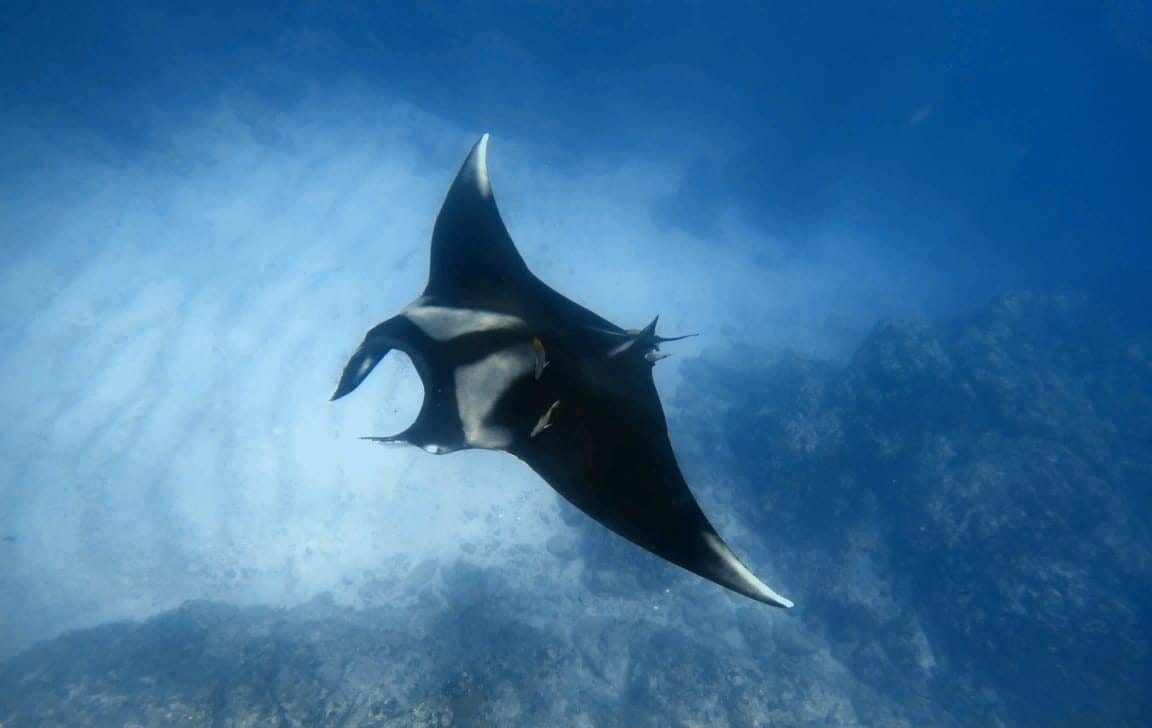
2019 was a pretty bad year in terms of sighting Mantas at Caño Island with just one encounter throughout the year, however, this 2020 season has far exceeded our expectations, being relatively frequent to find them in Bajo del Diablo (a place they use as a cleaning station) when the conditions were good for diving.
The first meeting we had around January 20, and from then until we stopped our activity on March 18 due to the international emergency by Covid-19, we have been able to enjoy your company dozens of times during the dives, counting up to 8 different blankets in the same dive, something that did not happen many years ago. Why? We really do not know, but we have some hypotheses … that in August 2019 the last license for semi-industrial trawling shrimp granted in Costa Rica expired may have had a lot to do with it, may have left more freedom of movement to these giants that can travel several hundred kilometers between different cleaning stations or feeding sites.
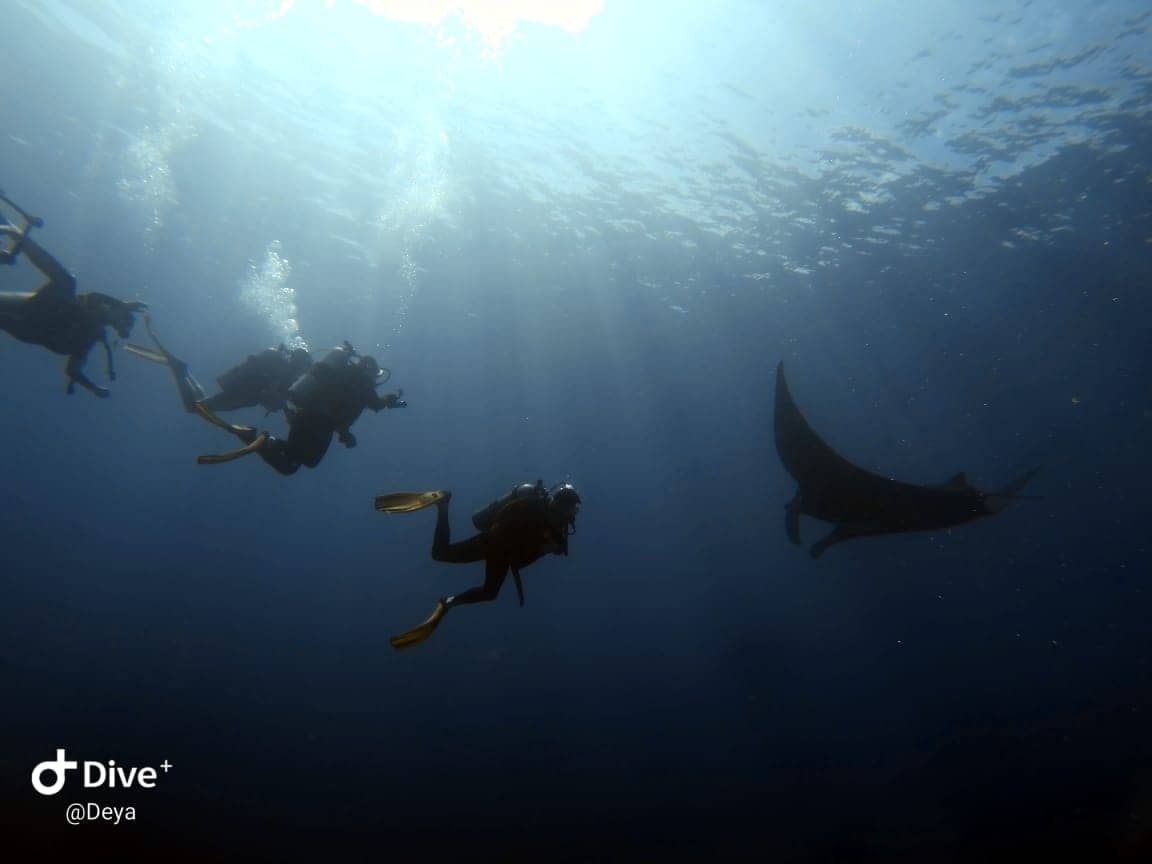
Each manta has a unique pigmentation pattern in the ventral area, such as a fingerprint that allows them to be differentiated. By taking photographs, the CRAD guides have concluded that we have had a visiting population of about 10-16 different individuals during this time. These photos have been sent to Misión Tiburón, who are comparing them with the blankets photographed in the Catalinas and Murcielagos Islands (in the North Pacific of CR) to find out if there are any coincidences.
Also, like dolphins, mantas are very smart (they have the largest brains in proportion to their size among all fish) and show social behaviors and games with each other. They are curious and often approach divers, individuals seem to have different personalities.
This is the case of one of the friendliest mantas that we could see on different occasions, which used to be placed over the divers and seemed to enjoy the bubbles that ran through their bellies. This individual was particularly easy to identify when presenting melanism, he was practically black!
Melanism occurs when there is an increase of pigment in the skin resulting in very dark or almost black individuals. This is a very curious fact, since melanism is common in land animals (a panther for example is a Jaguar with melanism) but it is rare in marine environments. In fact, the most prolific example of melanism in the ocean is that of blankets but no one really knows why.
It seems particularly rare that the mantas are the only known shark or ray showing melanism. In fact, black mantas are common in some areas assuming as much as 40% of the population while completely absent in others. The scientific community assumes that black coloring is inherited from their parents. Since manta populations are quite isolated from each other, studying individuals with melanism can help understand how populations relate to each other.
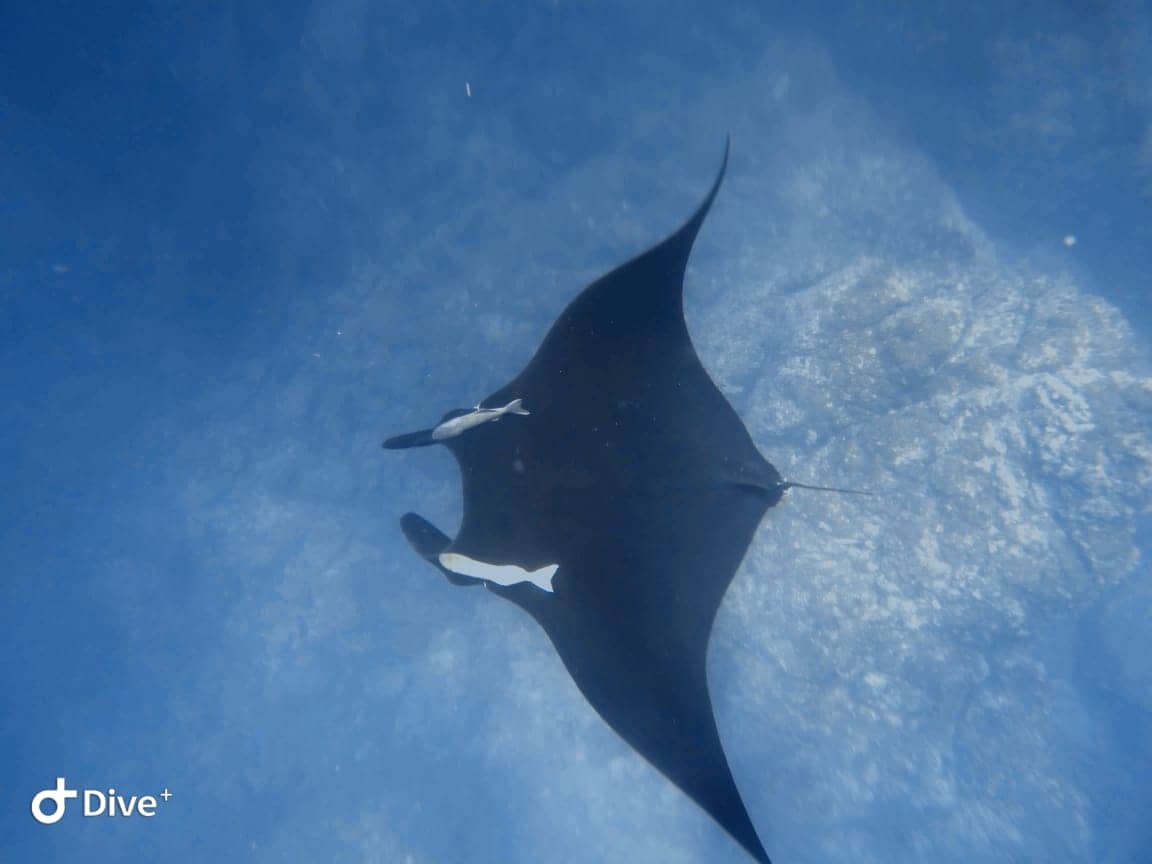
Like whale sharks, mantas (listed as Vulnerable on the IUCN Red List) are filter feeders that feed on small planktonic prey. Microplastics can closely resemble plankton and even find themselves aggregated together in streams making them a major threat. Mantas are often accidentally entangled in fishing nets and can die quite agonizingly. In fact on one of our last dives, our guide Jean Paul found a manta quite tangled in fishing lines. In the absence of an appropriate knife and thanks to the help of a tourist, he managed to free the manta by cutting the lines with his own teeth.
In order for us to continue enjoying these impressive mantas at Caño Island for many years, we must each and every one of us become aware of our consumption habits, reduce the amount of plastic we use and only consume fish or seafood that has been caught with respectful fishing methods, with the health of the marine ecosystem, and of course, being respectful divers with these incredible animals as well as supporting organizations that fight for their protection and conservation. Contact us to book your next dive travel to discover Caño Island.
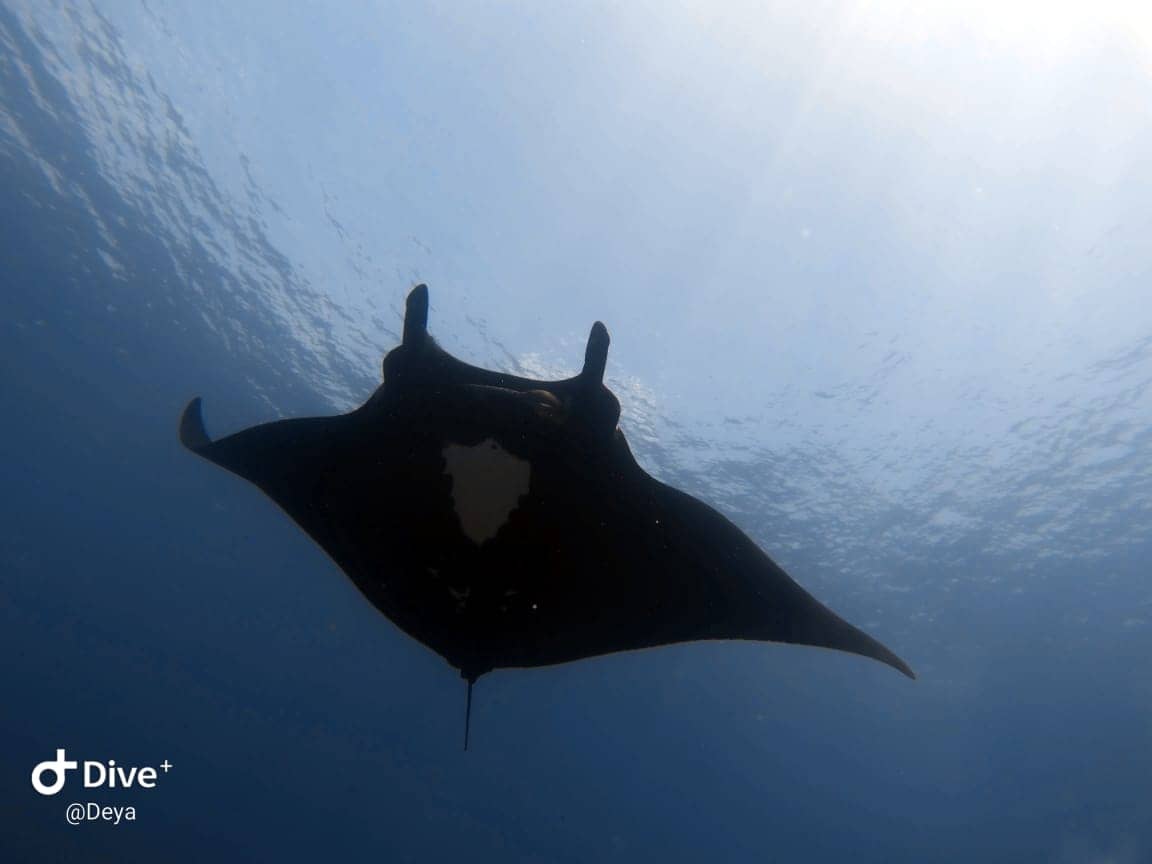
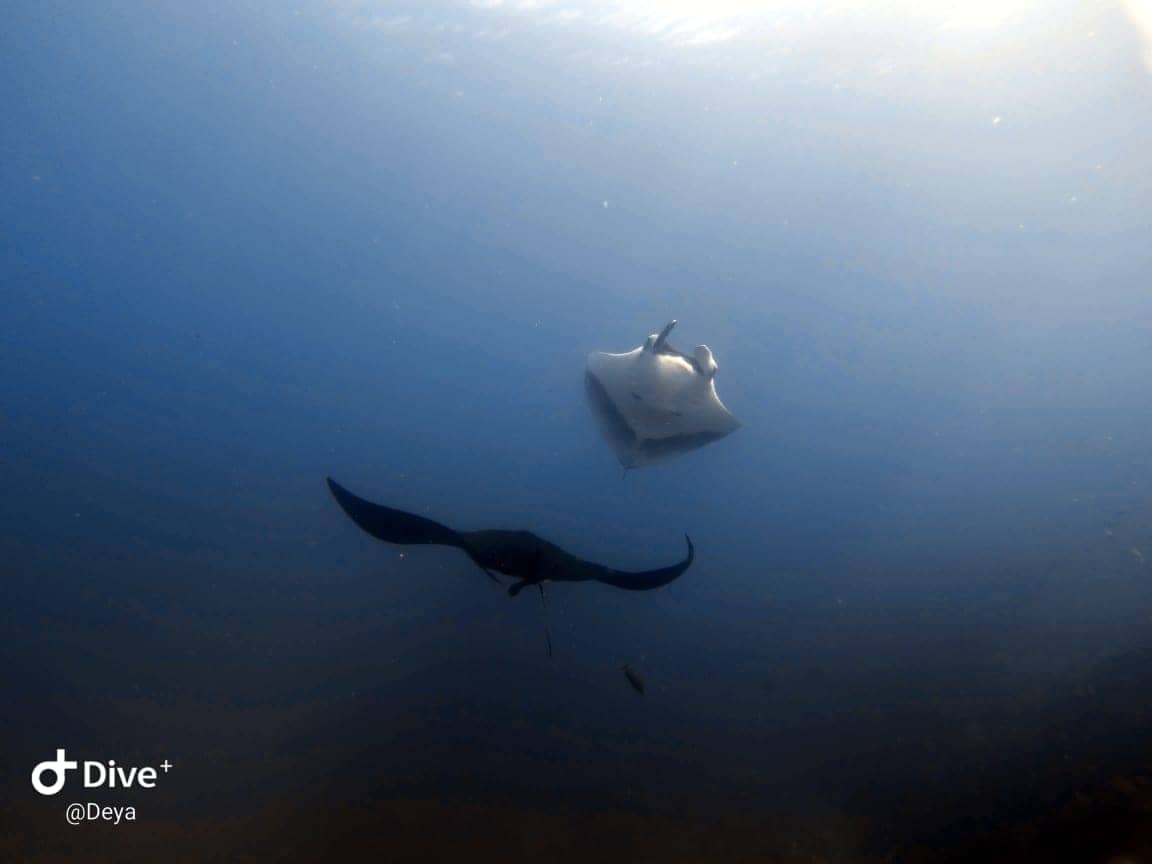
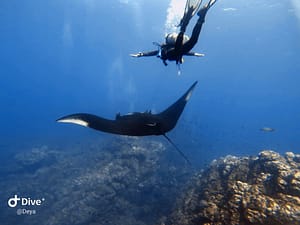
Por Deyanira Hernández,
Licenciada en Biología
PADI Divemaster de CRAD
